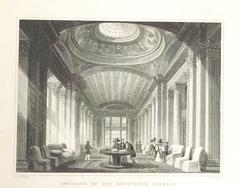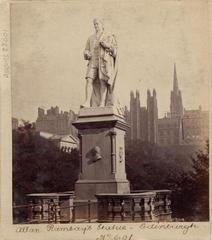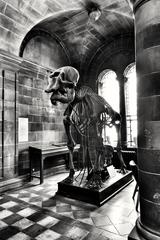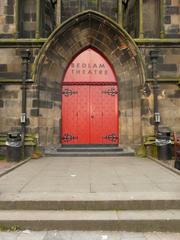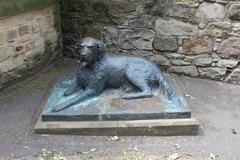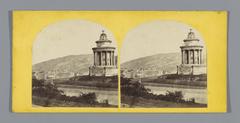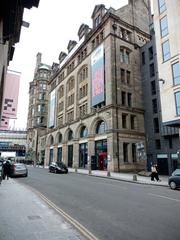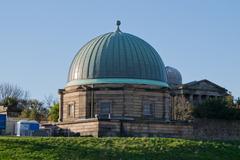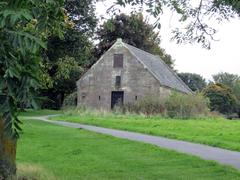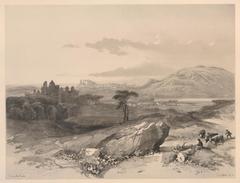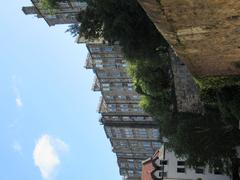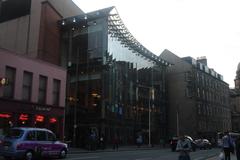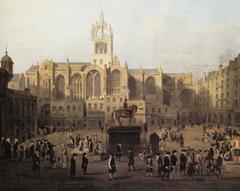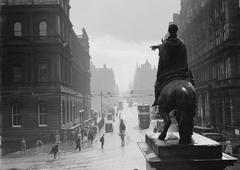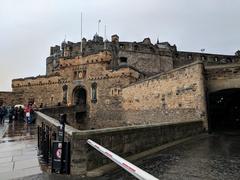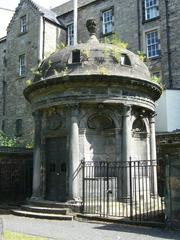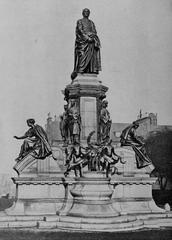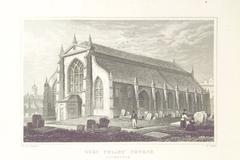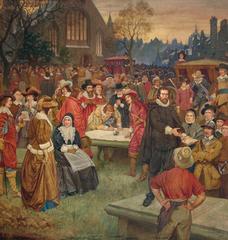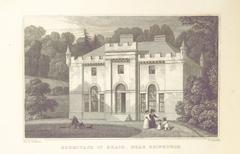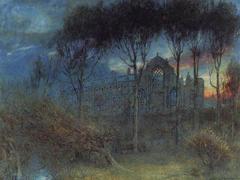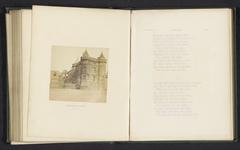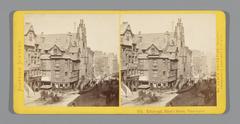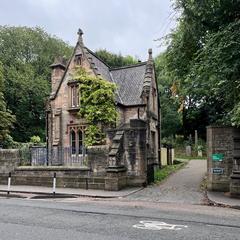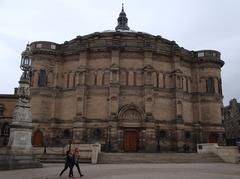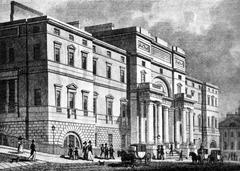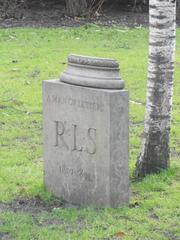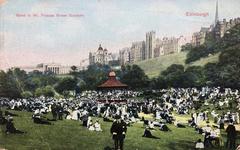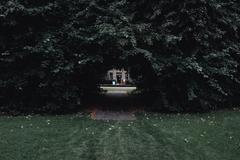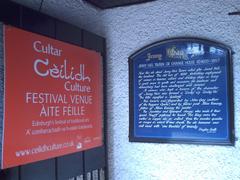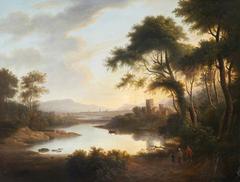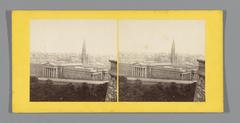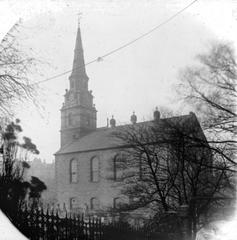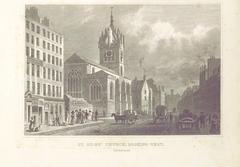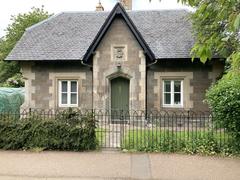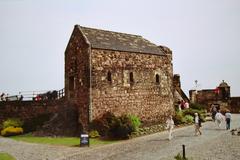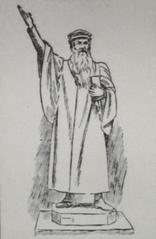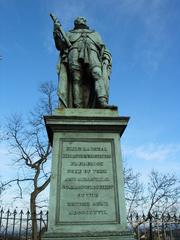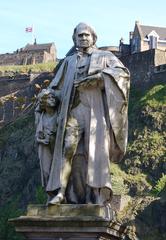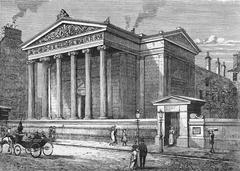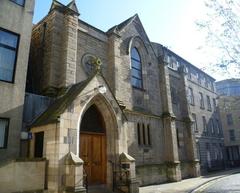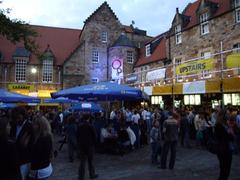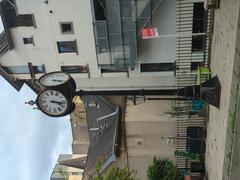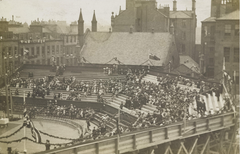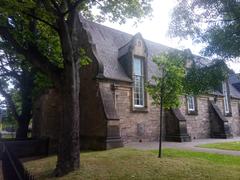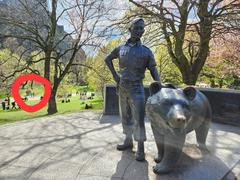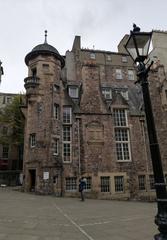Visiting Hours, Tickets, and Historical Insights at Gladstone’s Land in Edinburgh
Date: 24/07/2024
Introduction
Nestled in the heart of Edinburgh’s historic Royal Mile, Gladstone’s Land stands as a testament to the city’s rich architectural and social history. This six-storey tenement house, meticulously preserved by the National Trust for Scotland, offers visitors a rare glimpse into the lives of Edinburgh’s residents over several centuries. Named after Thomas Gledstanes, a prosperous merchant who redeveloped the property in the early 17th century, Gladstone’s Land has evolved from a bustling merchant’s residence to a significant heritage site. Its journey from prosperity to neglect and eventual restoration underscores the dynamic history of Edinburgh’s Old Town. Today, Gladstone’s Land is not just a museum but an immersive experience that captures the essence of life in bygone eras through its detailed exhibits, preserved architectural features, and engaging guided tours. This guide aims to provide comprehensive information for potential visitors, including historical insights, practical visitor information, and travel tips to maximize the experience of exploring one of Edinburgh’s most cherished historical landmarks (Britain Express, National Trust for Scotland).
Table of Contents
- Introduction
- Visiting Gladstone’s Land - History, Tickets, and Tips for Exploring Edinburgh’s Historical Gem
- Origins and Early Development
- Thomas Gledstanes and the 17th Century
- Decline and Neglect
- Rescue and Restoration
- Architectural Features
- The Painted Chamber and Green Room
- Historical Inhabitants
- Significance in Edinburgh’s Heritage
- Nearby Attractions
- Visitor Information
- Ticket Prices and Opening Hours
- FAQ
- Conclusion
Visiting Gladstone’s Land - History, Tickets, and Tips for Exploring Edinburgh’s Historical Gem
Origins and Early Development
Gladstone’s Land, located on the Royal Mile in Edinburgh, is a six-storey tenement house with a rich history dating back to the early 16th century. The earliest record of a building on this site dates to 1501, and the current structure was built around 1550. Initially, it served as a shop and merchant’s dwelling on the lower floors, with the upper floors rented out, essentially functioning as a 16th-century high-rise catering to various social classes (Britain Express).
Thomas Gledstanes and the 17th Century
The building takes its name from Thomas Gledstanes, a wealthy merchant and burgess of Edinburgh, who purchased the property in 1617. Gledstanes redeveloped the building to create a comfortable residence for his family above and behind his shop premises fronting onto Lawnmarket. The initials TG and BC, for Thomas Gledstanes and his wife Bessie Cunningham, are inscribed at the base of the crow-stepped gables (Britain Express).
Gledstanes’ redevelopment included the addition of large stone arcades on the ground floor to support spacious chambers above, and the extension of the building seven meters forward into Lawnmarket. This expansion almost doubled the usable space of the ‘foreland’ or front building. However, Gledstanes may have overextended his finances, forcing him to let the top apartments to various residents, including a minister, a knight, another merchant, and a guild officer (Britain Express).
Decline and Neglect
By the late 18th century, the wealthy merchants of Edinburgh’s Old Town had moved to the more elegant Georgian squares of New Town. Consequently, Gladstone’s Land, like many of its neighbors, fell into disrepair. The once-prosperous Lawnmarket became run-down, and by 1895, the ‘backland’ running away from Lawnmarket was demolished (Britain Express).
Rescue and Restoration
In 1934, the building was scheduled for demolition due to its dilapidated state. The National Trust for Scotland intervened, purchasing the property and initiating restoration efforts. During this process, the exquisitely detailed painted ceilings were uncovered, revealing the building’s historical and artistic significance (Britain Express).
Architectural Features
Gladstone’s Land boasts several distinctive architectural features. The doorway is made with curved timbers, possibly sourced from a ship, and oyster shells are embedded in the building mortar. The most distinctive feature is a gilt-copper hawk suspended over the entrance, a reference to the old Scots term ‘gled’ for a hawk. The building’s windows are also unique, with only the top half glazed and the bottom covered with wood panels, reflecting the high cost of glass during Gledstanes’ time (Britain Express).
The Painted Chamber and Green Room
One of the heritage highlights of Gladstone’s Land is the early 17th-century Painted Chamber, featuring detailed ceiling frescoes dating from 1620. By contrast, the Green Room is decorated in the mid-Georgian style, with wooden paneling and sash windows. The walls are adorned with portraits by renowned Scottish artists such as Allan Ramsay, William Mossman, and Sir Godfrey Kneller. Over the fireplace is a painted panel by James Norie, an Edinburgh artist closely associated with architect William Adam (Britain Express).
Historical Inhabitants
The museum layout of Gladstone’s Land covers three storeys, reflecting the lives of three merchant inhabitants from different centuries. Exhibitions focus on the trade aspect of the building’s history, centering on three traders - Mary Wilson in the 20th century, William Dawson and Elizabeth Pillans in the 18th century, and John Riddock and Margaret Noble in the 17th century. Visitors can explore the boarding house run by Mary Wilson, who advertised for ‘2 to 3 respectable men’ in The Scotsman in 1911, reflecting the decline of Edinburgh’s Old Town during that period (Britain Express).
Significance in Edinburgh’s Heritage
Gladstone’s Land is a significant relic of Edinburgh’s past, offering a glimpse into the city’s social and architectural history. Its preservation by the National Trust for Scotland highlights the importance of maintaining historical buildings for future generations. The building’s unique features, such as the painted ceilings and the gilt-copper hawk, along with its historical inhabitants, provide valuable insights into the lives of Edinburgh’s residents over the centuries (Britain Express).
Nearby Attractions
Gladstone’s Land is conveniently located on the Royal Mile, making it easily accessible from other notable attractions such as Edinburgh Castle, St Giles Cathedral, and the Scottish National Gallery. Visitors can also explore nearby historic sites like Greyfriars Kirk, the National Museum of Scotland, and John Knox’s House (Britain Express).
Visitor Information
Gladstone’s Land offers self-guided visits until 2.30 pm, followed by guided tours at 3 pm and 4 pm. Specialist social history tours are also available on certain days. The building is accessible via Edinburgh Bus Tours, with the nearest bike racks located on the corner of St Giles Street and Lawnmarket. The closest train station is Waverley, situated on Waverley Bridge, just a 5–10 minute walk from the property (National Trust for Scotland).
For those planning a visit, it’s important to note that there is no parking at the property, but free on-street parking is available on St Giles’ Street for Blue Badge holders. Assistance dogs are welcome throughout the property, and well-behaved dogs on a lead are welcome in the ice cream parlour and coffee shop (National Trust for Scotland).
Ticket Prices and Opening Hours
Tickets to Gladstone’s Land can be purchased on the National Trust for Scotland website. Prices vary depending on age and membership status, with discounts available for children and seniors. The property is open daily from 10 am to 5 pm, with the last entry at 4.30 pm. Special events and themed tours are also offered throughout the year, providing additional insights into the building’s rich history.
FAQ
What are Gladstone’s Land visiting hours? Gladstone’s Land is open daily from 10 am to 5 pm, with the last entry at 4.30 pm.
How much do tickets to Gladstone’s Land cost? Ticket prices vary depending on age and membership status. Discounts are available for children and seniors. For the latest prices, visit the National Trust for Scotland website.
Is Gladstone’s Land accessible? Yes, the building is accessible via Edinburgh Bus Tours, and there are bike racks nearby. Free on-street parking is available for Blue Badge holders on St Giles’ Street.
Are there any special events or guided tours? Yes, Gladstone’s Land offers specialist social history tours and themed events throughout the year. Check the National Trust for Scotland website for the latest information.
Conclusion
Gladstone’s Land stands as a testament to Edinburgh’s rich history and architectural heritage. Its preservation and restoration by the National Trust for Scotland ensure that future generations can continue to explore and appreciate this remarkable building. Whether you’re interested in historical architecture, social history, or simply looking for a unique experience on the Royal Mile, Gladstone’s Land offers a fascinating glimpse into the past (Britain Express, National Trust for Scotland).

